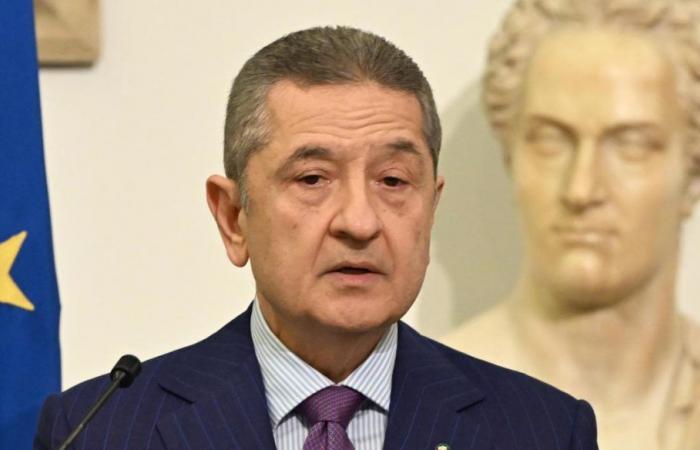A note from the Bank of Italy invites you to be wary of deepfake videos with the image of governor Fabio Panetta. What to do if you are a victim of scams
Published: 2 July 2024 12:20
A new economic scam takes aim at none other than Fabio Panettail Governor of the Bank of Italy. But this time we are going up a level compared to the classic fraudulent images that users are used to seeing in support of newspaper articles. This time the malicious people have used theartificial intelligence and the most advanced video editing techniques to create deepfake completely indistinguishable from reality. In these videos, the governor of Bankitalia offers financial advice and suggests investments. Trusting the authoritativeness of the character, less cautious users thus risk having their savings stolen.
The Bank of Italy note
The complaint comes from the Bank of Italy itself via a note: “The Bank of Italy informs that videos, created using deepfake techniques, continue to be disseminated online, which artificially reproduce the image and voice of the Governor of the Bank of Italy Fabio Panetta in order to convey and make credible untrue messages con fraudulent intent“.
Of course, Bankitalia clarifies that “none of these videos have been authorized”. The Institute invites:
- be wary of the message;
- do not follow up on any requests made in the videos;
- avoid sharing them so as not to contribute to increasing their diffusion.
Please remember that communications from the Bank of Italy take place exclusively through the Institute’s traditional channels, i.e. the site web (at bancaditalia.it) and the three institutional social profiles: YouTube (youtube.com/user/bancaditalia), X (x.com/bancaditalia) e LinkedIn (x.com/UfficioStampaBI).
From fake images to deepfakes
In the beginning there were the fake images: photos of famous people appeared at the bottom of articles in prestigious and unsuspecting online newspapers to propose the signing of investment contracts or the purchase of products of various kinds. Click on the banner guaranteed trouble: you risked infecting your computer with malware or falling into the net of a scammer who would request payments or the transfer of personal data, including banking data. These fraudulent ads managed (and sometimes still manage) to gain a place on sites considered serious and reliable thanks to the intermediation of automatic platforms to which advertising spaces are contracted out that simulate the appearance of the site’s content. This is called “native advertising”.
Then came the videos deepfake with, among others, an alleged Laura Pausini who sold slimming products and an alleged Mara Maionchi who invited people to buy a product against skin fungi.
Today, scammers have aimed even higher, targeting Italy’s top banking authority: Fabio Panetta, governor of the Bank of Italy.
What to do if you are a victim of online scams
Anyone who believes they have been the victim of an online scam should immediately take these precautions:
- protect your devices by updating theantivirus and performing a full scan;
- in case they have given in personal informations (pin, password, etc.) proceed immediately to choose new ones;
- if they have been stolen banking dataor if they have been made paymentscontact your bank immediately to block (depending on the activity carried out), transfer, current account, debit card or credit card. Then file a report with the postal police.





